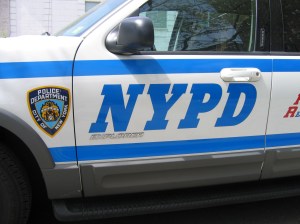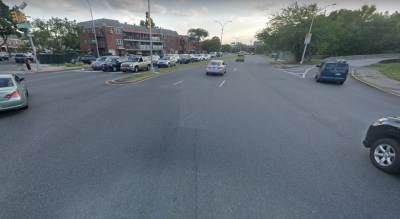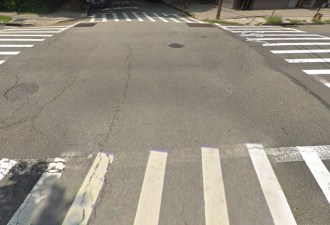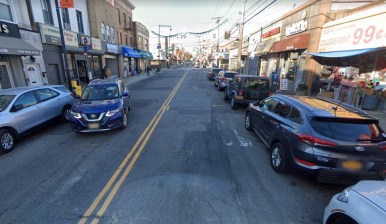Queens Pedestrian is Dead in Notorious Car-Friendly Danger Zone

Add another death to Robert Moses’s tab.
Police say a Queens man who was struck by the driver of a BMW sedan on College Point Boulevard on Saturday night has died of his injuries. Lujan Quintero was 56.
The police report offers scant details about the crash that led to Quintero’s death: At around 9 p.m. on Sept. 19, he was crossing College Point Boulevard, just south of Avery Avenue, when the unidentified driver, heading north on the boulevard, hit him, causing “severe body trauma.”
An NYPD spokesman said the pedestrian was outside of the marked crosswalks, though he did not provide evidence. Nor would he say if the driver was speeding.
Quintero was taken to New York Presbyterian Hospital, where he died on Sept. 21. The driver was not charged for his death.
The area near the crash has all the classic design flaws that make it susceptible to crashes. That area of Flushing is bounded by high-speed roads: Northern Boulevard to the north, the Long Island Expressway to the south and the Van Wyck Expressway to the west. Drivers exiting said roadways are often in a rush.
Nonetheless, Moses chose to put Flushing Meadows Corona Park — with myriad attractions drawing pedestrians and drivers — in the middle of that chaotic mix. In addition, College Point Boulevard — which remains a four-lane, two-way road — has burgeoned into a busy commercial strip, with a Home Depot superstore and other retailers.
As a result of that mix, College Point Boulevard is dangerous. Last year, there were 310 crashes in just the half-mile between Roosevelt Avenue and the LIE, injuring three cyclists, 16 pedestrians and 37 motorists. That’s almost a crash every day along a short stretch of roadway.
It’s the same area where Justin Leiva was killed in April. In all, one cyclist and 19 pedestrians have been killed by drivers in Flushing since January, 2017. That’s more people killed in one neighborhood than in all of Staten Island over the same period, according to Crashmapper.




